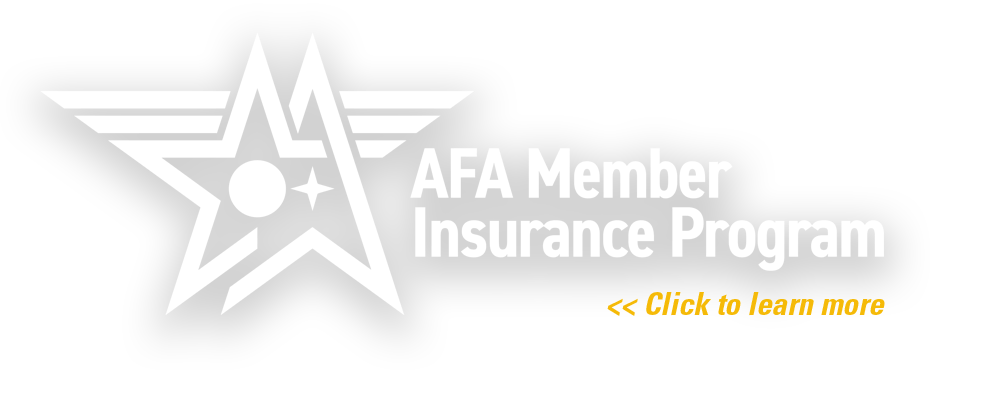 Boeing announced Nov. 18 that it had conducted a successful test in May of the Mobile Active Targeting Resource for Integrated eXperiments (MATRIX), which used a single, high-brightness laser beam to track and destroy five unmanned aerial vehicles at various ranges. The company, which has been developing MATRIX under contract to the Air Force Research Lab, conducted the tests at China Lake in California. Bill Baker, chief scientist for AFRL’s Directed Energy Directorate at Kirtland AFB, N.M., said, “These tests validate the use of directed energy to negate potential hostile threats against the homeland.” He added that the work on MATRIX would “pay major dividends for the warfighter now and in the years ahead.” Boeing official Gary Fitzmire called the tests a directed-energy “breakthrough,” in which MATRIX “demonstrated unprecedented, ultra-precise, and lethal acquisition, pointing and tracking at long ranges using relatively low laser power.”
Boeing announced Nov. 18 that it had conducted a successful test in May of the Mobile Active Targeting Resource for Integrated eXperiments (MATRIX), which used a single, high-brightness laser beam to track and destroy five unmanned aerial vehicles at various ranges. The company, which has been developing MATRIX under contract to the Air Force Research Lab, conducted the tests at China Lake in California. Bill Baker, chief scientist for AFRL’s Directed Energy Directorate at Kirtland AFB, N.M., said, “These tests validate the use of directed energy to negate potential hostile threats against the homeland.” He added that the work on MATRIX would “pay major dividends for the warfighter now and in the years ahead.” Boeing official Gary Fitzmire called the tests a directed-energy “breakthrough,” in which MATRIX “demonstrated unprecedented, ultra-precise, and lethal acquisition, pointing and tracking at long ranges using relatively low laser power.”
As Air Force leaders consider concepts of operations for Collaborative Combat Aircraft, sustainment in the field—and easing that support by using standard parts and limiting variants—should be a key consideration, according to a new study from AFA's Mitchell Institute of Aerospace Studies.

